"Take the time to put the camera away and gaze in wonder at what’s there in front of you."
Description
A wonderful private wild life short stay holiday and cozy accommodations closer to the nature and covering country’s must see “Big Five”. tour operating by naturalist and guide. experience splendour whale watching tour in Mirissa, two safaris in Udawalawa and Yala as well as famous endemic,resident and Migratory bird watching tour in Sinharaja forest Reserve.
Activities Covered
- Whale Watching tour in Mirissa
- Bird Watching and Nature walk inside the Sinharaja Park
- Elephant safari in Udawalawa Park
- Full day safari In Yala National Park
Locations Covered
- Mirissa
- Udawalawa
- Deniyaya (Sinharaja Rain Forest)
- Yala
Travel Route
itinerary
DAY 01 | ARRIVAL - MIRISSA - RELAX AT BEACH
Upon your arrival at the Bandaranaike International Airport, you will be greeted by your chauffeur and transferred to Mirissa. We have organised dinner and an overnight stay at the Mirissa Hotel where you can relax and recover from your journey. Spend your first day enjoying the comforts of an exotic, colonial-style hotel and relax on the beautiful golden beach which the hotel overlooks.
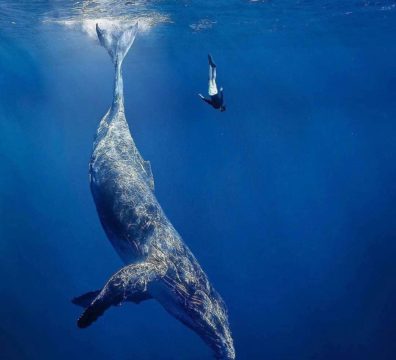
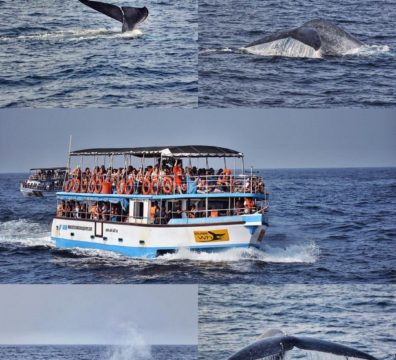
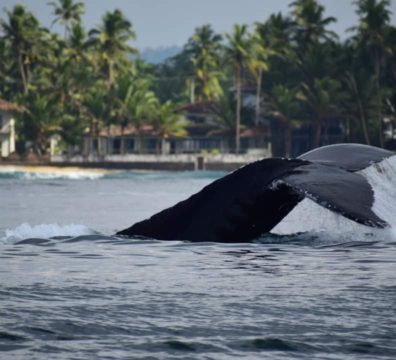
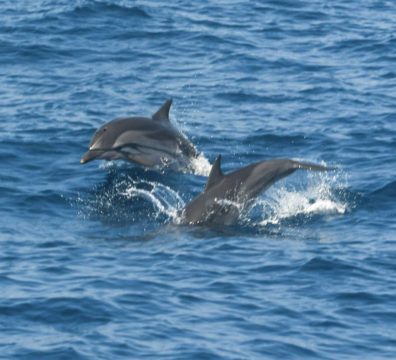
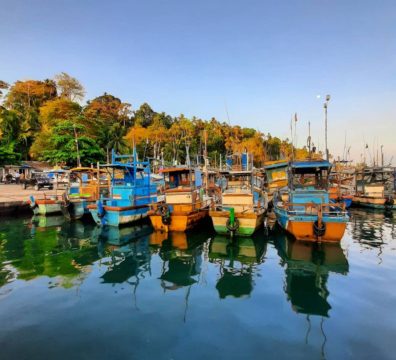
DAY 02 & 03 | WHALE WATCHING TOUR - TRANSFER TO DENIYAYA - SINHARAJA FOREST RESERVE
After a relaxing night and delicious breakfast at your hotel in Mirissa you will make way to Deniyaya. but before that you can visit Mirissa harbour for Whale watching tour which will take 4 hours. Deniyaya is yet another iconic destination in Sri Lanka as it is one of the main gateways to the SInharaja rainforest.You will enjoy a hearty dinner at your hotel in Deniyaya and turn down for the night to prepare for an exciting day ahead.
The next morning you will have an early start to your day as you leave to explore the wonders of Sinharaja. A day spent in Sinharaja provides ample opportunities to take breathtaking photos of all kinds of species. The forest is adorned with lush vegetation, pristine waterfalls, bright flowering plants, beautiful birds, reptiles and mammals. You may find yourself capturing some extremely charismatic species such as the rusty spotted cat, fishing cat, purple faced leaf monkey, horned lizards and the blue magpie robin. Our naturalist will guide you during this entire walk. You will also be able to capture incredible pictures of Sri Lanka’s beautiful avifauna as Sinharaja is home to 95% of the endemic bird species in the country. After concluding the walk, you will return to your hotel in Deniyaya for the night.
Whale Watching in Mirissa – Whale and dolphin watching in Mirissa is one of the most exciting water activities you can do during your holiday in Sri Lanka. Often spotted blue whales are the biggest animals in the world and Mirissa is the best place in Sri Lanka. The best time to go whale watching in Mirissa is from November to April. Ocean is calm and whales migrate from the southern hemisphare to the northen hemisphere. From May to October is off-season.
The chances of spotting whales during November – April are 98%. Keep in your mind that you are going to see wild life so spotting of whales is not 100% guaranteed. Blue whales are most often seen. You can see also sperm whales, fin whales, Bryde’s whales, short finned whales, dolphins and rarely killer whales and whale shark. Sometimes we pass turtles and flying fish. Whale watching trip in Mirissa takes usually 3-5 hours, the average duration is 4h.tours start before 7 am from Mirissa harbor.
Photo Gallery : (https://photos.app.goo.gl/2U9RurVFYFBtoegM9)
Sinharaja Forest Reserve – The apex of rainforests in Sri Lanka and home to 95% of the endemic birds in the country, Sinharaja is a globally important biodiversity venue with a highly unique cultural significance. Among its many recognitions, the rainforest has been designated as a UNESCO Natural World Heritage Site, UNESCO Biosphere Reserve and also a Biodiversity Hotspot by the International Union for Conservation of Nature (IUCN). It is a sought after by wildlife researchers as well as bird watchers from all parts of the world due to its richness in biodiversity and habitat complexity. This lowland evergreen rain forest is adorned with lush vegetation, ample water falls and a perfect climate. The name Sinaharaja which translates to Lion (Sinha) King (Raja) makes it a revered location by Sri Lankans since it reflects the popular belief about the origin of the Sinhala people. According to the legend, the inception of the race is attributed to a union between a lion king and a princess who have sought refuge in the forest.
Photo Gallery : ( https://photos.app.goo.gl/zGw6dUNrrUX4Nz4Y7 )
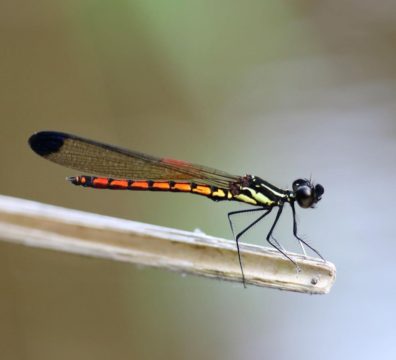
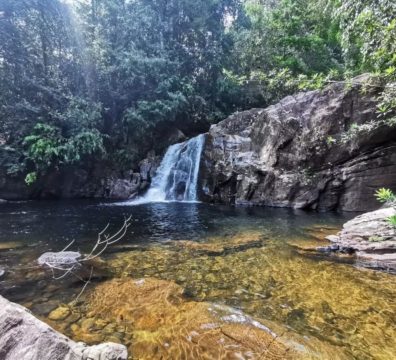

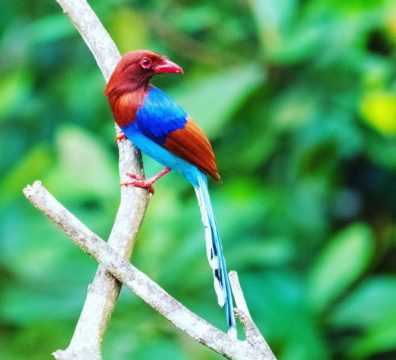
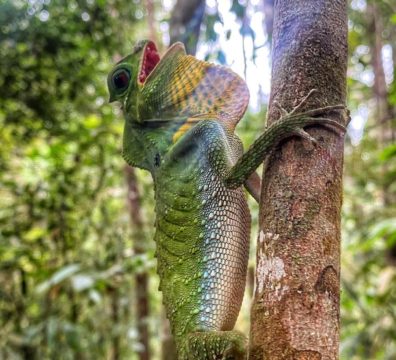
DAY 04 | ELEPHANT TRANSIT HOME - UDAWALAWA NATIONAL PARK
After breakfast, you will be transferred from Yala to Udawalawe. En route, a visit to the Elephant Transit Home will be made in the afternoon, before checking into the Udawalawe camping site. You will then go on an evening safari at the Udawalawe National Park, which is famous for being home to approximately 600 resident elephants; the main focus of the ‘Big Five’ here. You could also see water buffaloes, water monitor lizards, sambar deer, monkeys and if lucky, the leopard. Dinner and your overnight stay will be organised at the Safari Camp or Mud House in Udawalawe where you can enjoy the comforts of the tented campsite while being close to nature.
The Udawalawe National Park is situated covering areas in two Districts of Sri Lanka; namely Rathnapura and Monaragala. This is the largest conservation area in both the districts and is home to the Walawe reservoir. Situated in the dry zone of Sri Lanka, the predominant vegetation type in the park is scattered grasslands and thorny shrubs. The soil and climatic conditions are the key drivers of determining the major vegetation type in the park The period between May and September are special for park visitors as they get the opportunity to come across herds of elephants even during mid day. Even though the bird population in the park is significant, there observation can be difficult due to the tall grass that is present. In addition, over 20 species of mammals and many reptile species can be seen in the park.
Photo Gallery : ( https://photos.app.goo.gl/HKSd7HnqePkTjFz79)
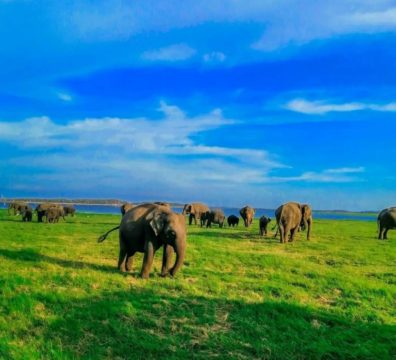
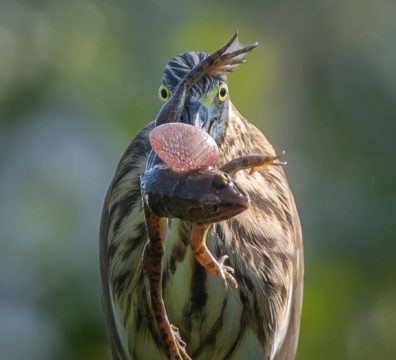
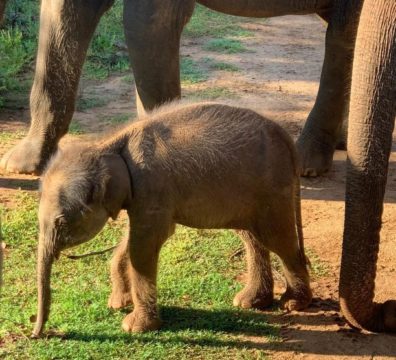
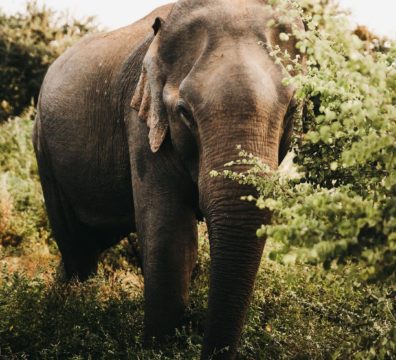
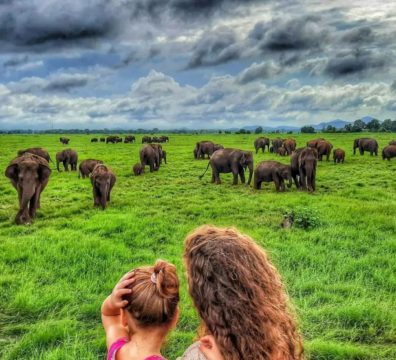
DAY 05 & 06 | TRANSFER TO YALA NATIONAL PARK - FULL DAY SAFARI IN YALA NATIONAL PARK
After the Breakfast at the hotel You can check in at the Camp site in Yala and enjoy a wildlife adventure with an evening safari of the famous Yala National Park, which is commonly regarded as one of the best places to spot leopards; a favourite amongst the ‘Big Five’. Male leopards in the Yala National Park are bold and unafraid of safari jeeps and this offers visitors the perfect opportunity to photograph and film them. Dinner and an overnight stay has been organised at the Big Game Camp located on the borders of the Park, where you will enjoy the finest tented camping experience in Sri Lanka.
Enjoy a full-day safari in the dazzling Yala National Park which spans a vast 97,878 hectares. This is a Park where you can see wild elephants and herds of water buffalo grazing by watering holes strewn throughout its territory and catch a glimpse of the Sri Lanka Sloth Bear, another principal feature of the five. Yala is also known for being one of the best Parks for bird-enthusiasts. Its habitat also boasts an array of endemic and resident birds. The country’s largest bird, the Lesser Adjutant, has been often spotted in the Park among a host of other exotic birds. A night walk will also be included with the guidance of an expert naturalist.
Yala National Park is situated in the south-east region of Sri Lanka and is the 2nd largest National Park in the island, situated some 300 km away from Colombo. It was at first established in the early 1890s as a game sanctuary . The park is located in the dry-zone region where the drought season is very long .The day time average temperature is over 30 degrees which is not uncommon in the region. The parkland makes up most of the reserve but also includes lakes, beaches, jungle, rivers and scrubland. This variety in habitats provides an excellent range in wildlife. The largest concentration of Leopards can be seen in this region though the chances of seeing this animal are very low, and the creature is said to be one of the most endangered species. About 32 species of mammals, 125 species of birds and many reptiles and lagoon fauna species have been recorded in the park. The Yala National Park is famous among visitors as the best place to view large mammals within one territory.
Photo Gallery : ( https://photos.app.goo.gl/EQPN8DKNPcxFEDww9 )
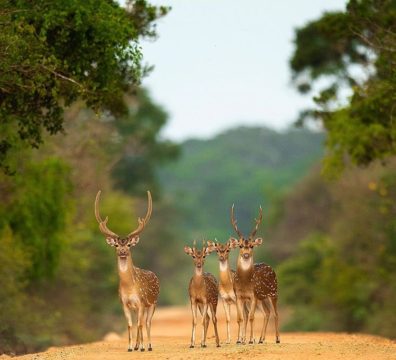
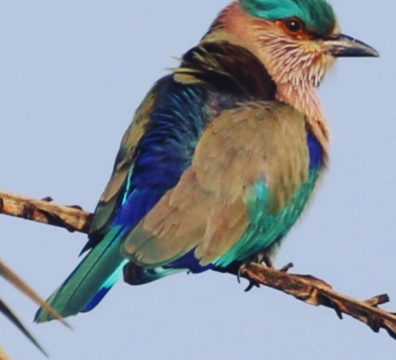
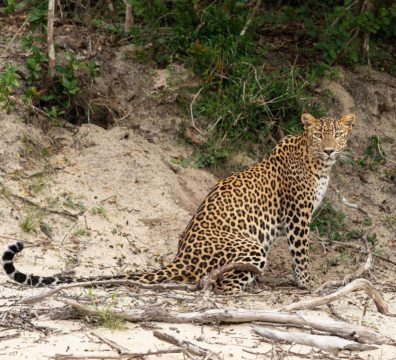
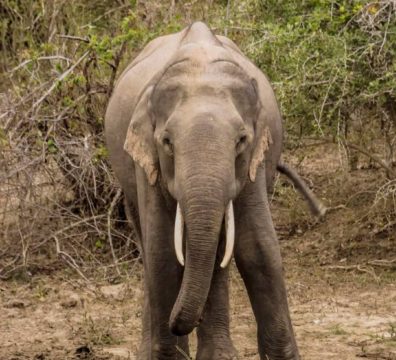
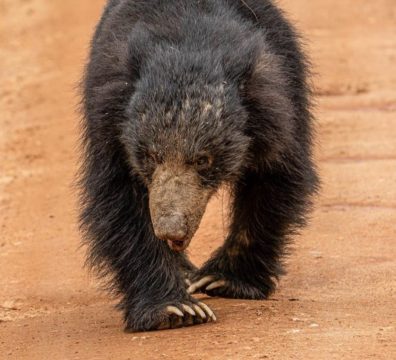
DAY 07 & 08 | PROCEED TO COLOMBO - THALANGAMA WET LAND - DEPARTURE
Breakfast at the Yala camping site and Hotel and transfer to Colombo hotel drive time will be 4 hours in the evening you can visit the Thalangama wetland for Bird watching and nature walk. On the final day you will be transferred to the Bandaranaike International Airport well ahead of time for your flight – bringing your exotic Sri Lankan wildlife experience to a close if you have appropriate time for flight you can commence the colombo city tour and shopping.
The Talangama Wetland offers visitors a close encounter with nature, without leaving the city of Colombo. It is situated in the outskirts of Colombo at Talangama Battaramulla close to the administrative capital of Sri Jayawardenepura and takes less than an hours’ drive from Colombo.This wetland encompasses a manmade irrigation reservoir, lush green paddy fields, canals, ponds and marshes; the diversity making it a unique and favourable ecosystem for diverse species of fauna and flora to thrive in.
Thalangama Lake is home to about 100 species of wetland birds and common garden birds such as Herons, Bulbuls, Swamp hens, Water hens, Kingfishers, Teals, Gulls, Swallows, Egrets and Storks amongst many others. Also seen here are numerous species of Butterflies and Dragonflies. There are also plenty of Purple faced leaf monkey and other reptiles to be seen here.The Talangama Wetland is the best place to spend an enjoyable day birding, right in the suburbs of Colombo. The best time to visit the Wetland is early in the morning and late evening when birds and other wildlife are seen in plenty. Visitors can also hire a paddle boat and enjoy paddling on the lake with a great opportunity to take a closer look at the wildlife on the lake.It is believed that the ancient Thalangama tank was built by King Parakramabahu VI during his reign from ca. 1412 to 1467 AD. It was a bathing place for the elephants of the royal army, and serves until today irrigated paddy cultivation, grazing water buffaloes, and flood water retention. The word Thalangama is said to derive from the word ‘Thadaka Gama’ or ‘village of ponds’.
Photo Gallery : ( https://photos.app.goo.gl/CnMbLGni2QFyNmAY8)
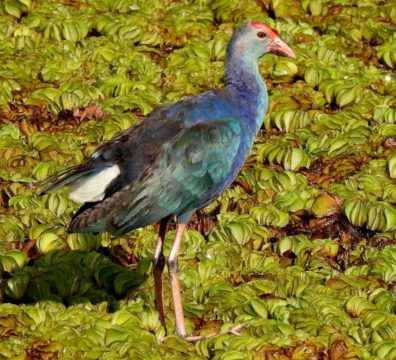
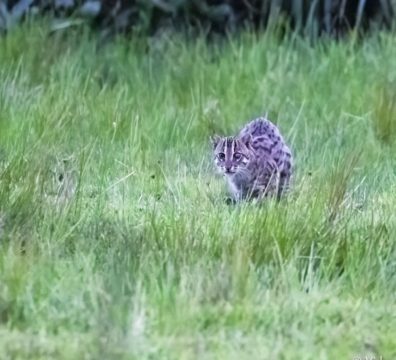
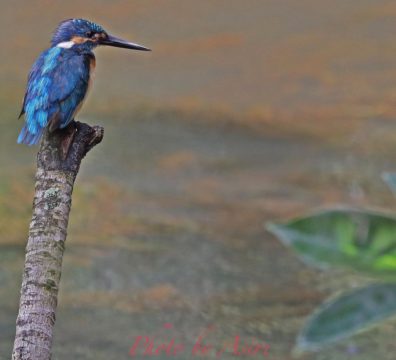
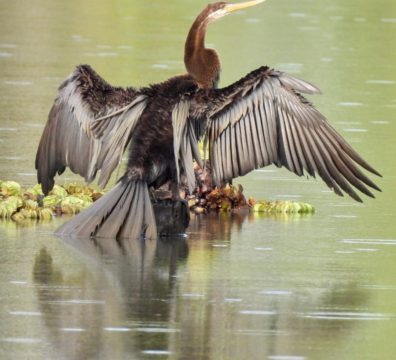
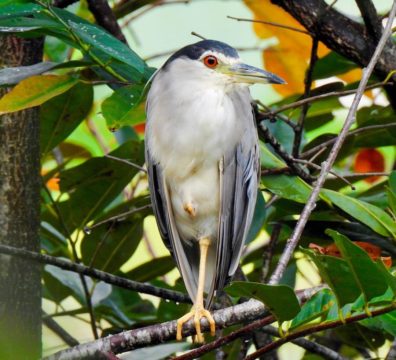
Inclusions
- 07 nights accommodation at the resorts,Eco lodges,guest houses with breakfast and dinners.
- Arrival and the departure assistance at the airport and transportation by A/C vehicle on private basis with passenger insurance.
- Service of the English-speaking professional guides having good experienced in birdwatching & Wild life.
- A "Wild Sri Lanka" by Gehan De Silva and two more guide books related to butterflies and dragonflies for every client as a complimentary gifts.
- Preparing the Trip Report before the departure.
- Free water bottles, Wi-Fi (Sim Card).
- All government taxes are included for above all
Exclusions
- Sightseeing entrance charges (unless specified).
- Meals not mentioned in the itinerary.
- Tips, portage, laundry excludes.
